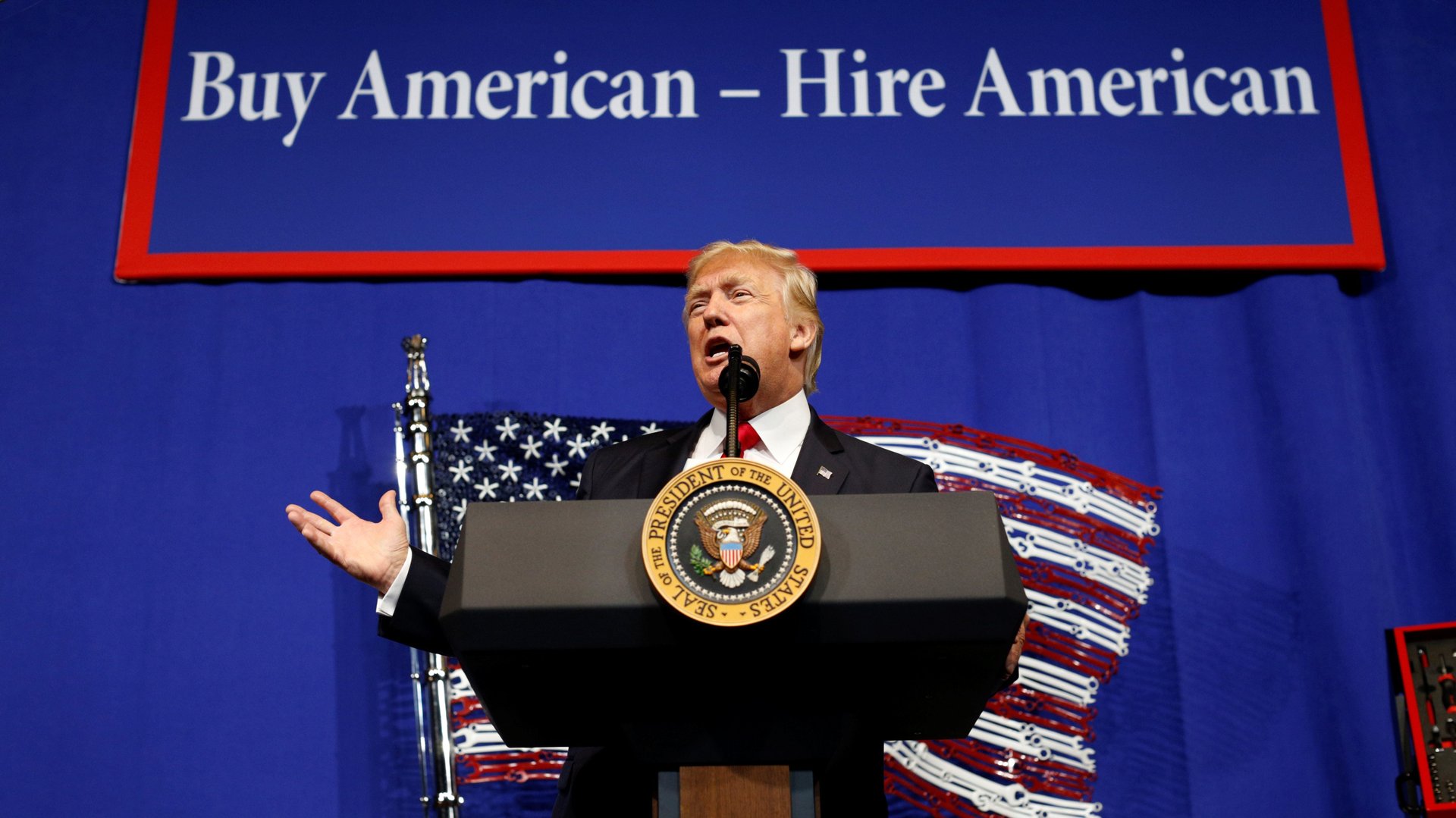The H-1B visa has pumped billions of dollars into training Americans
In mid-April, the US citizenship and immigration services (USCIS) celebrated two years of president Donald Trump signing the “Buy American, Hire American” executive order that tightened the noose around the H-1B visa programme. For long, curbing this programme had been viewed as being in the best interest of American workers.


In mid-April, the US citizenship and immigration services (USCIS) celebrated two years of president Donald Trump signing the “Buy American, Hire American” executive order that tightened the noose around the H-1B visa programme. For long, curbing this programme had been viewed as being in the best interest of American workers.
However, its celebration only hides bad news.
A closer look at the “Policies and Regulations Protecting US Workers” section in the USCIS’s April 18 press release reveals that fewer H-1B workers could imply fewer skilling opportunities for local talent.
The fee filed with H-1B applications “pays for US citizens, lawful permanent residents, and other US workers to attend job training and receive low-income scholarships or grants for mathematics, engineering, or science enrichment courses administered by the national science foundation (NSF) and the department of labor (DoL),” documents shared by the USCIS show.
In the past 20 years, employers have paid over $5 billion in H-1B visa fees, which contribute to US students’ and workers’ training, National Foundation for American Policy (NFAP) research showed. Over 87,000 students have received scholarships during this time.
Filling America’s talent gap
When the American Competitiveness and Workforce Improvement Act of 1998 (ACWIA) was first introduced two decades ago, companies had to pay $500 per application which would be “designated for the funding of training programs for American workers.”
Today, the fees have climbed up even more. Firms filing H-1B applications for 26 or more full-time employees have to pay $1,500 per worker. For those petitioning for 25 or fewer employees, the fee is $750 each.
NSF receives 30% of the total money earned from H-1B filings to fund $10,000-scholarships. A sizable share of between 10% and 15% is also pumped into K-12 educational reforms. The remaining half is allocated to the DoL to assign to skill-building entities such as trade associations, education and training providers, and economic development agencies, among others.
Unfortunately for the US, stifling changes like toughening criteria and increasing red tape, besides an uptick in denials, are deterring for H-1B aspirants. Demand for the visa, which allows immigrants to live and work in the US for up to six years, is already waning. Fewer students and techies from India—the largest beneficiaries of the visa—are vying for it.